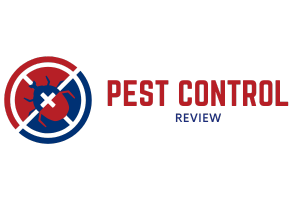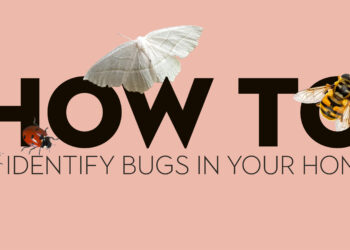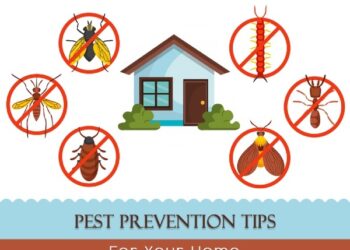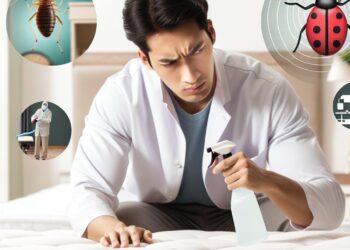Introduction
Urbanization and deforestation are two major factors that have a significant impact on pest populations. As cities expand and natural habitats are destroyed, pests find new environments to thrive in. In this article, we will explore the impact of urbanization and deforestation on pest populations and how to address these issues.
The Impact of Urbanization
Urbanization refers to the process of the growth and expansion of cities. As urban areas grow, natural habitats are destroyed, and pest populations are disrupted. Pests such as rodents, cockroaches, and bed bugs are common in urban areas. The abundance of food waste, human habitation, and warm temperatures provide a suitable environment for these pests to thrive.
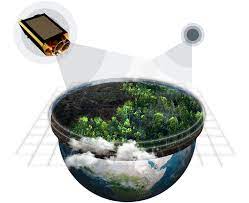
One of the significant impacts of urbanization on pest populations is the increase in the number of rodents. Rats and mice are attracted to urban areas because of the abundance of food and shelter. They can cause significant damage to buildings and transmit diseases such as hantavirus, leptospirosis, and salmonellosis.
Another significant impact of urbanization on pest populations is the increase in cockroach infestations. Cockroaches are attracted to warm, humid environments, and they can thrive in urban areas with high temperatures and moisture. Cockroaches can spread diseases such as dysentery, salmonellosis, and cholera.
The Impact of Deforestation
Deforestation is the process of removing forests or trees from a land area. Deforestation has a significant impact on the environment, including pest populations. When forests are destroyed, the natural habitat of pests is disrupted, and they are forced to migrate to other areas.
One of the significant impacts of deforestation on pest populations is the increase in mosquito-borne diseases. Mosquitoes thrive in stagnant water, and deforestation can create breeding sites for mosquitoes.

One example of how deforestation impacts pest populations is the case of mosquitoes. Mosquitoes breed in standing water, which is often found in areas with dense vegetation. When forests are cleared, the breeding sites for mosquitoes disappear, leading to a decrease in their population. However, deforestation can also lead to an increase in the number of mosquitoes that carry diseases such as malaria and dengue fever, as these pests may move into urban areas in search of new breeding sites.
Addressing the Issues
To address the issues of increased pest populations resulting from urbanization and deforestation, there are several strategies that can be employed. One of the most effective is integrated pest management (IPM), which is a holistic approach to pest control that involves the use of multiple strategies to manage pests.
IPM includes a range of methods, including cultural, physical, biological, and chemical control. Cultural control involves changing the environment to make it less hospitable to pests, such as reducing the amount of standing water or removing food sources. Physical control involves the use of physical barriers, such as netting or screens, to prevent pests from entering a space. Biological control involves the use of natural predators or parasites to control pest populations, while chemical control involves the use of pesticides to kill pests.
In addition to IPM and habitat management, there are other strategies that can be used to address the impact of urbanization and deforestation on pest populations. One such strategy is public education, which can help people understand the importance of pest control and the ways in which they can contribute to reducing pest populations.
Public education can involve a range of activities, such as workshops, community outreach, and the dissemination of educational materials. By educating the public about the importance of pest control and the ways in which they can contribute to reducing pest populations, it is possible to create a culture of pest control that can have a positive impact on the environment and human health.
Another strategy for addressing the impact of urbanization and deforestation on pest populations is the use of new technologies. For example, researchers are exploring the use of genetically modified pests that are designed to be sterile or unable to reproduce, which could help to reduce the population of pests without the need for pesticides or other harmful chemicals.
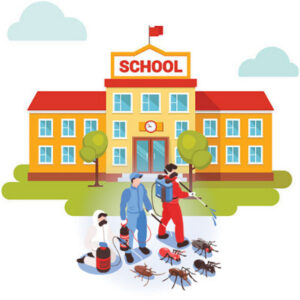
Integrated Pest Management (IPM) is an approach to pest control that uses a range of methods to manage pests in a holistic and environmentally friendly way. IPM involves the use of cultural, physical, biological, and chemical control methods to manage pest populations, with the aim of minimizing the use of pesticides and other harmful chemicals.
Cultural control methods include practices such as sanitation, waste management, and habitat modification, which can reduce the availability of food, water, and shelter for pests. Physical control methods involve the use of barriers such as screens, traps, and netting, which can prevent pests from entering a space or limit their movement.
Biological control methods use natural enemies of pests, such as predators or parasites, to control their populations. Chemical control methods involve the use of pesticides or other chemicals to kill pests, but are used only as a last resort and in a targeted manner to minimize harm to the environment and non-target species.
Habitat Management
Habitat management is another approach to pest control that involves creating or preserving habitats for pests in areas that are not likely to cause problems for humans. Habitat management can be used to promote biodiversity and balance in ecosystems, while also reducing the need for harmful chemicals and other control methods.
Habitat management can involve practices such as planting native vegetation, providing nesting sites for birds and other natural enemies of pests, and using organic gardening methods that promote healthy soil and plants. By creating suitable habitats for pests, they are less likely to migrate into urban areas or cause damage to crops or other resources.
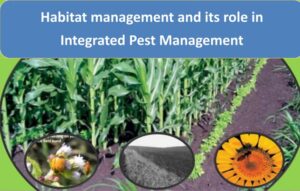
Public Education
Public education is an important component of any pest management program, as it can help people understand the importance of pest control and the ways in which they can contribute to reducing pest populations. Public education can involve a range of activities, such as workshops, community outreach, and the dissemination of educational materials.
By educating the public about the importance of pest control and the ways in which they can contribute to reducing pest populations, it is possible to create a culture of pest control that can have a positive impact on the environment and human health. Public education can also help to dispel myths and misconceptions about pests and their control, and promote the use of environmentally friendly and effective pest management practices.
